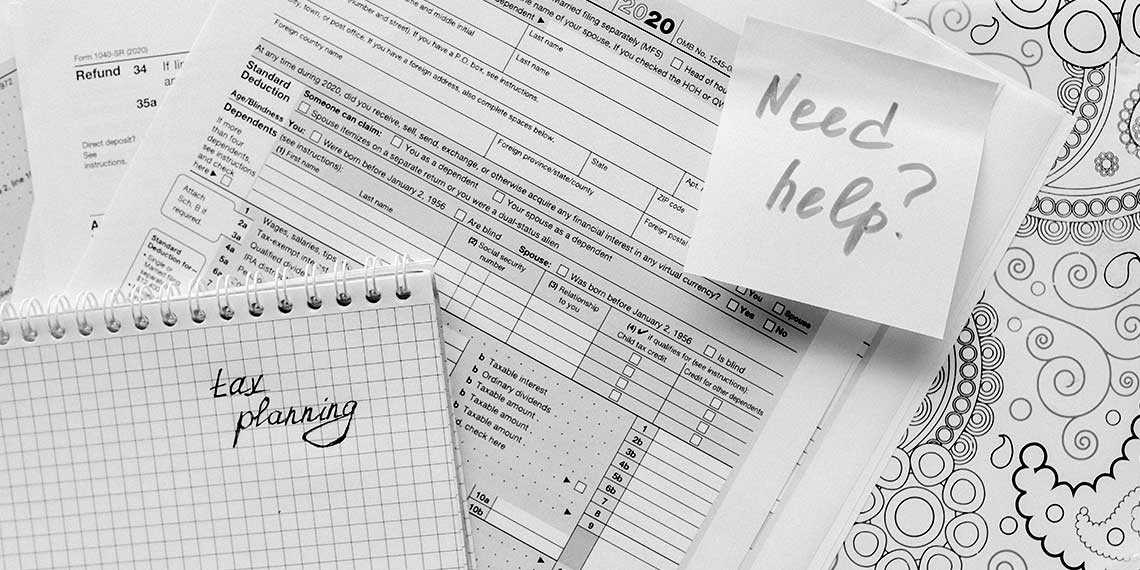It’s tax season again. And that means you may be fielding questions from your RIA firm’s clients about what’s new for 2023. One thing on our radar: the SECURE 2.0 Act that was signed into law at the end of 2022.
Building on the SECURE Act of 2019, this legislation ushers in widespread changes to retirement plans and savings. Although many of the changes won’t take effect until 2024 at the earliest, some of its provisions will impact plans in 2023.
It’s worth noting that the SECURE 2.0 Act will be mostly beneficial to individuals in the higher income brackets—particularly those age 50 and older who have kids at or near college age. To help you know how to best advise your clients in navigating it, here are a few things they should know.
Changes to RMDs
One of the most significant changes brought about by the SECURE 2.0 Act is the increase to the age at which RMDs go into effect: to age 73 in 2023 and age 75 in 2033.
What this means for your clients: those who turned 72 in 2022 or earlier would need to continue taking RMDs as scheduled. Clients who are turning 72 in 2023 and have already scheduled their withdrawals may want to consider updating their withdrawal plan.
The SECURE 2.0 Act also reduces the penalties for failing to take an RMD from 50% of the RMD amount to 25%. For RMDs from IRAs, this amount falls to 10%, if corrected in a timely manner.
Starting in 2024, RMDs will no longer be required from Roth accounts in employer retirement plans.
Higher catch-up contributions
Starting in 2024, the IRA catch-up contribution limit of $1,000 for individuals age 50 and over will be indexed to inflation, which means it could increase every year.
In 2025, individuals age 60 through 63 will be able to increase their catch-up contributions for their workplace 401(k), 403(b), governmental plans, and IRAs. The annual catch-up contribution limit will be up to $10,000 annually, and it will also be indexed to inflation.
What’s more, if an individual earns more than $145,000 in the prior calendar year (2024), all catch-up contributions at age 50 or older will need to be made to a Roth account in after-tax dollars. This provision will not apply to individuals earning $145,000 or less.
Matching for Roth accounts
Employers will now be able to provide employees with the option of receiving vested matching contributions to Roth accounts. Unlike Roth IRAs, RMDs from an employer-sponsored plan are required for Roth accounts until tax year 2024.
Tax-free rollovers 529 accounts to Roth IRAs
Last but not least, 529 plan assets can now be rolled over to a Roth IRA for the beneficiary—as long as the 529 has been open for more than 15 years.
The rollover, however, is subject to annual Roth contribution limits and an aggregate lifetime limit of $35,000. (The rollover is treated as a contribution towards the annual Roth IRA contribution limit.) Rollovers cannot exceed the aggregate before the 5-year period ending on the date of distribution.
Set your clients on the right path.
Legislation such as the SECURE 2.0 Act can significantly impact your clients’ financial and tax planning. It’s important to make sure they know what steps to take and when. If you’re concerned about making sure your clients get the right guidance, we can help.
Our Elevate RIA Tax Solutions (ERTS) service helps you easily add tax planning services to your practice by giving you access to a team of seasoned CPAs. In addition to keeping your clients aware of changing tax laws that could impact them, we deliver tax preparation and planning services to your clients—all under your firm, brand, and voice. The result: you deepen your client relationships while adding value to your family services offering.
To learn more about how we can help, contact us today.

